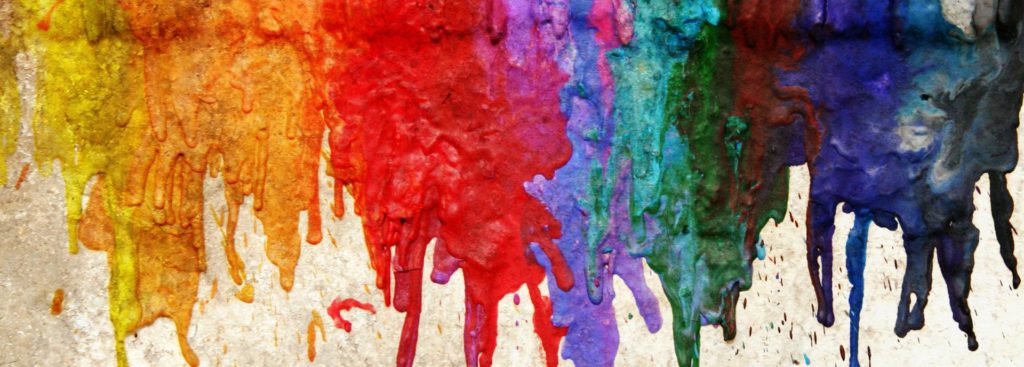
What are Fibre Reactive Dyes?
Fibre reactive dyes are a class of highly coloured organic substances that react directly with the fabric. They tend to attach themselves to their substrates by a chemical reaction that forms a covalent bond between the molecule of dye and that of the fibre, effectively making the dye a part of the fabric. This is why, fiber reactive dyes always stay permanent. Textile coloured with fiber reactive dyes can withstand several washes and still retain the same vibrant colour. That is the beauty of these dyes, they do not fade and have always been a preferred choice for customers. They are hence made available in large quantities by all dye manufacturers.
Usage of Fibre Reactive Dyes
Fibre reactive dyes were initially designed for cellulose fibres, and are yet used in this way. They can be used to dye several fibres such as cotton, linen, and sisal. And can also be used to dye wool and nylon, in the latter case they are applied under weakly acidic conditions. Although protein fibres are coloured better with the acid dyes, fibre reactive dyes too can be used as an alternative for acid dyes. Fibre reactive dyes offer great benefits because of their properties. This is the reason all Indian reactive dye manufacturers produce them in large quantities and make them available at several places.
Types of Fibre Reactive Dyes
it is easy to wash the excess unattached dye out of the fabric, while using Cibacron F dyes. However, the Cibacron F line has one major drawback, these dyes do not offer a wide variety of colors, whether you buy primaries to mix on your own, or buy ready mixtures from your dye supplier. You have to choose from a limited range.
Drimarene K – This is the more of a “warm water” dye than a “cool water” dye. It requires higher temperatures as compared to Cibacron F, but does not require steaming. It is similar in action to MX type dyes, except for the fact that it needs a minimum temperature of 35°C. Certainly, they have also proved to be an excellent line of dyes for home and studio use.
Remazol or Vinyl Sulfone Dye – It is usually used for silk painting and is fixed by steaming. It works well between 104°F and 140°F (40°C-60°C). Vinyl sulfone dyes are specifically useful for chemical resist dyeing. Here two different types of fibre reactive dyes are used to print the foreground and the background in different colours. Remazol dyes are more suitable for dyeing for later discharge (bleaching) in comparison with any other fibre reactive dyes.
Levafix- The optimum temperature of these dyes is around 50°C (122°F). This is lower than the normal temperature of 60° to 80° C for the Drimarene K dyes, which can be used in “cold” dyeing, but is higher than the optimum temperature of about 35° to 40°C (95° to 105°F) for Procion MX. As with all of these dyes, it is not vital to get quite as high as the optimal temperature in order to provide acceptable results.
Procion H and H-E Dye – It is a hot water dye. It is usually used for silk painting. It needs steaming or simmering to stick to cotton or silk. Procion H is chemically similar to Procion MX dye, though it is far less reactive, and will not work well at room temperature. It is available in both the powdered & the liquid form.
Alliance Organics LLP is is an Indian reactive dyes manufacturer that produces, supplies and exports a range of dyes globally. USA, China, Russia, Brazil and Indonesia are some of its major trade partners.
Stay informed, Stay ahead and stay inspired with Get News 360
